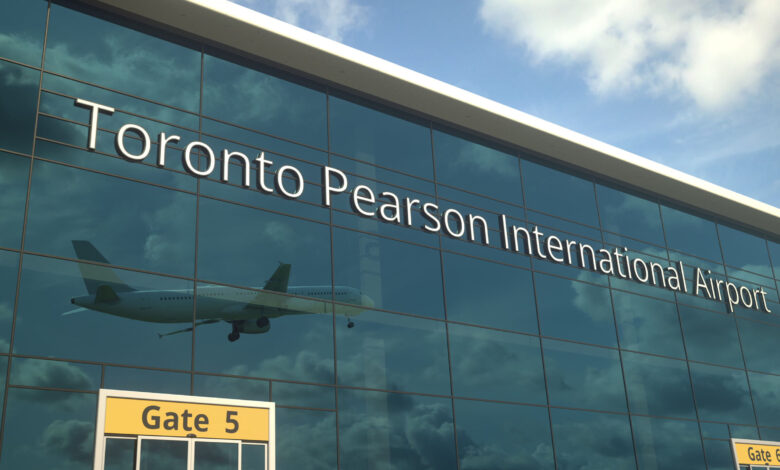Toronto Pearson Ranks Among Top Airports for Wi-Fi and Mobile Speed

the Importance of Internet Access in Airports
In today's world, having internet access is essential for travelers. Whether booking flights, checking emails, or streaming shows, connectivity plays a vital role in the travel experience. For major airports that serve millions of passengers each year, offering fast and reliable Wi-fi and mobile networks is a key service they must provide.
Speedtest Analysis: A Global Look at Airport Connectivity
Ookla recently conducted an analysis using Speedtest data from 48 notable airports worldwide, including one from Canada. This study compared the average mobile and Wi-Fi speeds at these airports against the standards set by the U.S. Federal Communications Commission (FCC), which requires download speeds of 100Mbps and upload speeds of 20Mbps.
A Shift in Standards: FCC Updates Its Benchmark
This year marked a change as the FCC raised its high-speed internet benchmark to double what was previously established by Canada's canadian Radio-television and Telecommunications Commission (CRTC) back in 2016. The CRTC's earlier standard was set at 50Mbps for downloads and 10Mbps for uploads.
Key Findings: Only Three Airports Meet Speed Standards
the analysis revealed that out of all examined airports, only three achieved both mobile and Wi-Fi speed benchmarks set by the FCC.These were Toronto Pearson International Airport in Canada, Hangzhou Xiaoshan international Airport in China, and Phoenix Sky Harbor International Airport in the United States.
A Closer Look at Mobile vs. Wi-Fi Performance
An captivating observation from Ookla's findings was how performance varied between mobile connections and Wi-Fi services across different locations. While 21 airports met speed requirements with their mobile connections, only 12 managed to do so with their Wi-Fi offerings.
Diverse Performance Across Regions
The report also highlighted significant differences not just between regions but even within them. No airport located in Europe or latin America met either connection type’s benchmark standards; however, several North American and Chinese airports did excel. As a notable example, Istanbul Airport boasted impressive download speeds reaching up to 600Mbps on its mobile network while San Francisco International Airport offered around 200Mbps on its Wi-Fi service.
On the flip side were places like Mexico City International Airport where both connection types fell short with download speeds below 20Mbps—far from ideal for travelers needing reliable internet access.
The Variability of 5G Speeds Across Airports
An additional finding focused on how widely 5G technology performance varied among different airports as well. Some locations like Istanbul reported median download speeds nearing an astonishing gigabit per second (900s),while others such as Indira Gandhi international Airport in Delhi barely exceeded a mere threshold of just over 20Mbps.
Your Source for More Details
If you're interested in exploring more about this topic or want to see detailed results from Ookla’s full report on airport internet performance globally, click here .
And don't forget! NoveByte might earn a little pocket change when you click on our links, helping us keep this delightful journalism rollercoaster free for all! These links don’t sway our editorial judgment so you can trust us! If you’re feeling generous support us here!





